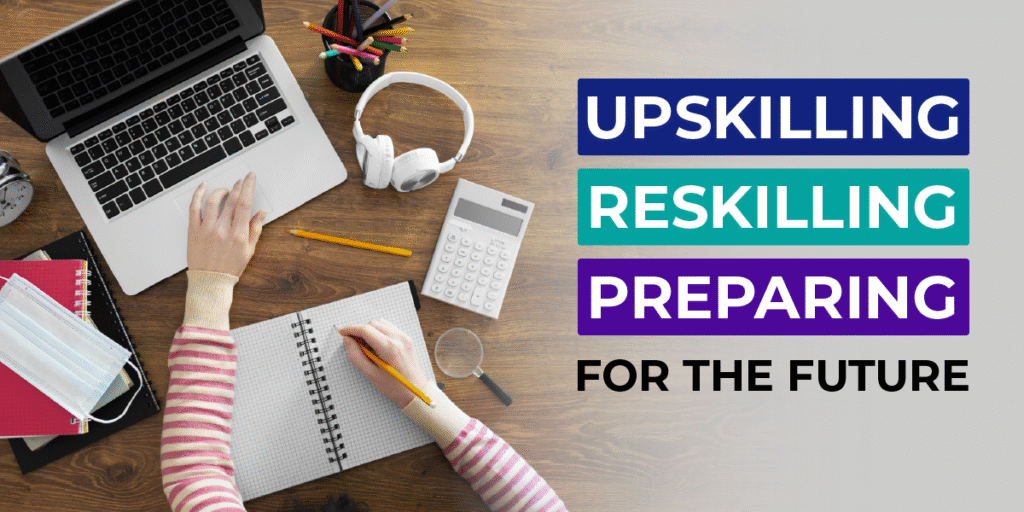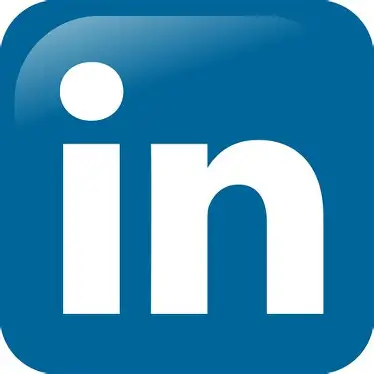You’ve polished your resume to perfection. You’ve crafted a compelling resume objective that highlights your ambitions. Yet, the job offers aren’t rolling in, or perhaps the roles you’re landing don’t feel like “the one.” You’re left wondering how to land your dream job in an increasingly competitive and automated world.
The truth is, the game has changed. In 2025, a flawless resume is merely your entry ticket. It gets you past the digital gatekeepers, but it won’t win you the prize. The real differentiator—the secret weapon that separates the average candidate from the must-hire candidate—is a strategic and forward-thinking approach to upskilling.
This article is your guide to moving beyond the paper and into the future of your career. We will explore the essential skills that employers are desperately seeking and provide a actionable roadmap to help you bridge the gap between where you are now and where you want to be. Let’s unlock the formula for how to find your dream job by building the capabilities that make you indispensable.

The 2025 Mindset: From “What I Did” to “What I Can Solve”
The old model of employment was transactional: you traded your time and listed skills for a paycheck. The new model is collaborative and value-driven. Companies are facing unprecedented challenges, from economic shifts to technological disruption. They aren’t just hiring for tasks; they’re hiring for solutions.
Your objective for resume should no longer be a generic statement of desire. It must be a concise pitch that speaks to your problem-solving capabilities. This shift in mindset is the foundation for all the upskilling that follows. You are not a collection of job titles; you are a portfolio of valuable solutions.
The Four Pillars of Essential Upskilling for 2025
To future-proof your career and become a magnet for incredible opportunities, focus your energy on these four critical areas.
Pillar 1: Digital Fluency & AI Collaboration
This is non-negotiable. You don’t need to become a data scientist, but you must be fluent in the language of technology.
- AI Literacy: Understand how generative AI tools (like ChatGPT, Claude, and Midjourney) work and how to leverage them ethically to enhance your productivity. This means mastering prompt engineering to automate reports, brainstorm ideas, analyze data, and draft communications.
- Data Interpretation: The ability to read a dashboard, understand key metrics (KPIs), and draw actionable insights is a superpower. Tools like Microsoft Excel, Google Sheets, Tableau, or Power BI are your best friends.
- Cybersecurity Basics: Understanding fundamental security principles (like strong passwords, phishing recognition, and data privacy) is now a mark of a responsible professional.
Actionable Tip: Pick one repetitive task in your current role and learn to automate it using a no-code tool or a generative AI assistant.
Pillar 2: Human-Centric “Power Skills”
As machines handle more technical tasks, inherently human skills become your greatest asset. These are often called “soft skills,” but let’s reframe them as “power skills”—because they give you a powerful edge.
- Complex Problem-Solving: The ability to navigate ambiguous situations, break down complex problems, and devise innovative solutions is priceless.
- Adaptability & Resilience: The only constant is change. Employers value individuals who can pivot quickly, learn from failure, and thrive in uncertain environments.
- Communication & Storytelling: Can you explain complex ideas simply? Can you present data in a compelling narrative that persuades and inspires action? This skill is gold.
Actionable Tip: The next time you present an update, frame it as a story: What was the challenge? What was the journey? What was the result and its impact?
Pillar 3: Cognitive Agility & Critical Thinking
In an era of information overload, the ability to think clearly and critically is a rare commodity.
- Critical Analysis: Don’t just consume information—interrogate it. Ask “Why?” and “So what?” Learn to identify biases, question assumptions, and separate fact from noise.
- Creative Innovation: This isn’t just for artists. It’s about connecting disparate ideas to create new value. It’s the skill that drives process improvement and product development.
- Systems Thinking: Understand how your work fits into the larger picture of the team, department, and company goals. This holistic view allows you to contribute more meaningfully.
Pillar 4: Continuous Learning & a Growth Mindset
Your ability to learn is now a core component of your professional value. Stagnation is the real career risk.
- Microlearning: You don’t need to get another degree. Dedicate 30 minutes a day to an online course on platforms like Coursera, LinkedIn Learning, or edX. Focus on bite-sized, applicable skills.
- Curiosity: Cultivate a genuine curiosity about your industry, your competitors, and emerging trends. Follow thought leaders, listen to podcasts, and read widely.
How to Know Your Dream Job and Align Your Upskilling
Before you invest time in learning, you need a destination. How to know your dream job isn’t always about a specific title; it’s about the fit. Ask yourself:
- What problems do I enjoy solving?
- What work environment makes me thrive?
- Which of my current skills bring me the most energy?
- What industry trends excite me?
Once you have a clearer vision, you can perform a “skill gap analysis.” Look at job descriptions for your target role. Identify the recurring skills you lack. This creates a personalized, high-impact upskilling roadmap that directly serves your career goals.
READ MORE : Feeling Stuck? How to Identify the Right Skills for Your Next Career Leap
Your Action Plan: From Learning to Earning
Knowing what to do is one thing; doing it is another. Here is a simple, 4-week plan to kickstart your journey.
- Week 1: Audit & Aspire. Audit your current skills. Define what your “dream job” looks like based on the questions above.
- Week 2: Identify the Gaps. Find 3-5 job descriptions for that dream role. List the required skills you don’t yet have.
- Week 3: Learn One Thing. Choose the most critical skill from your list and enroll in a short course or find a high-quality free resource to learn the basics.
- Week 4: Apply & Showcase. Use your new skill in a real-world project, even a personal one. Update your LinkedIn profile and resume to reflect this new competency.
Conclusion: Your Future is Built, Not Found
How to land your dream job in 2025 is less about searching for the perfect listing and more about building the perfect profile. It’s a proactive journey of growth and adaptation. Your resume is a snapshot of your past, but your skills are the living, breathing proof of your future potential.
Stop waiting for the perfect opportunity to find you. Start building the skills that will make you the perfect candidate for it. The market of tomorrow belongs to the agile, the curious, and the continuous learners.
Your call to action starts now. Pick one pillar from this article—just one—and commit to one small action this week. Enroll in that course. Practice your storytelling. Learn to automate a single task. Your dream job isn’t a distant destination; it’s the career you build, one new skill at a time.
Follow us on








